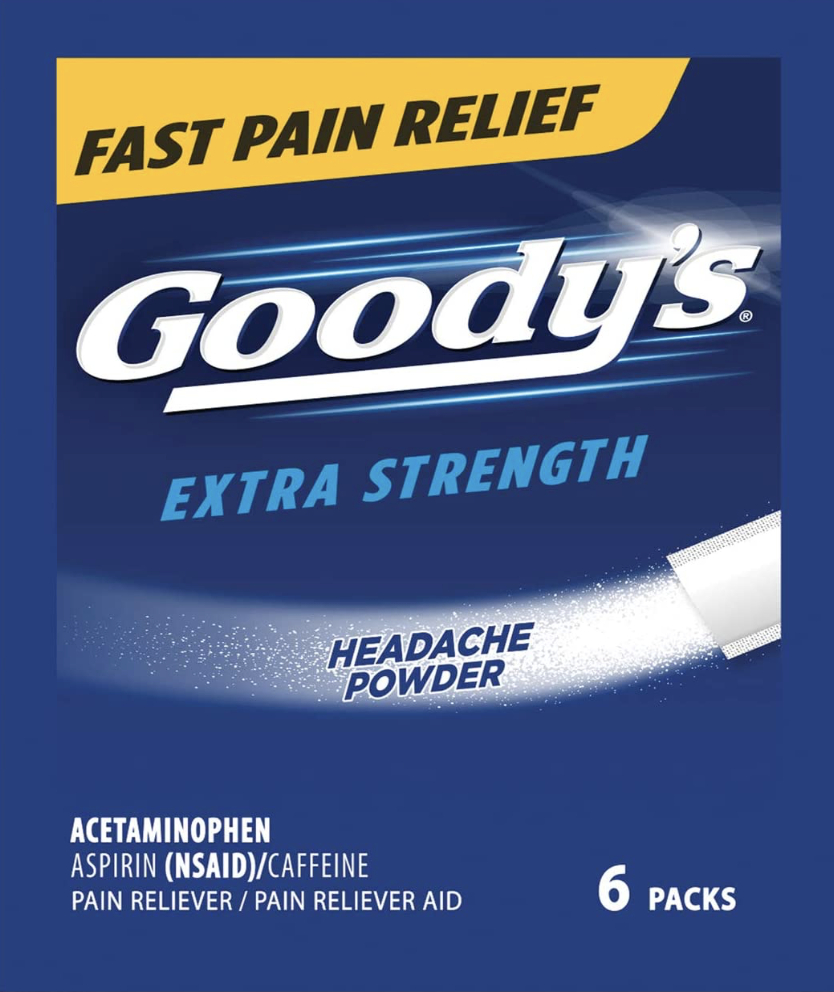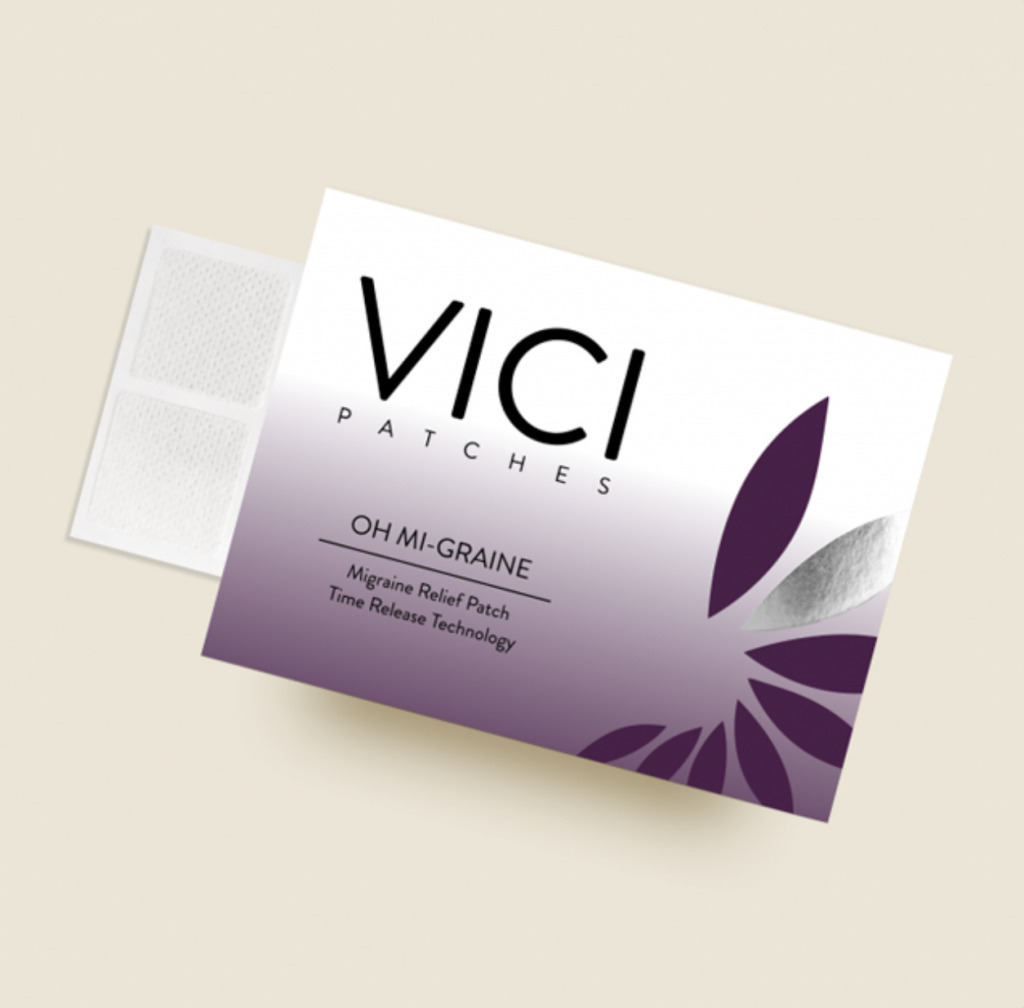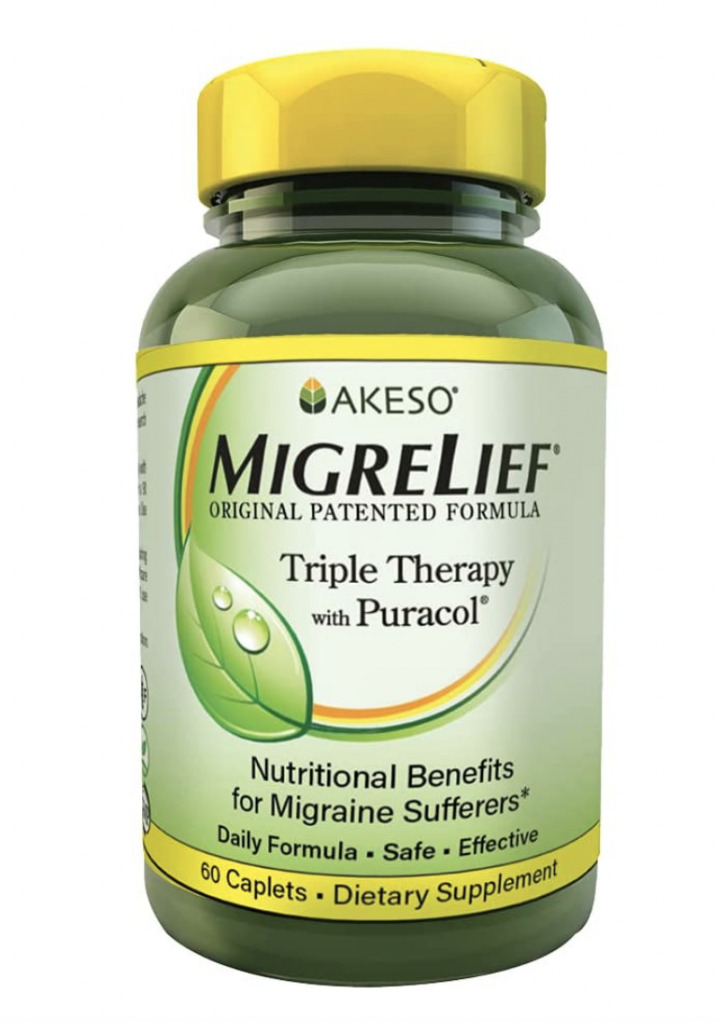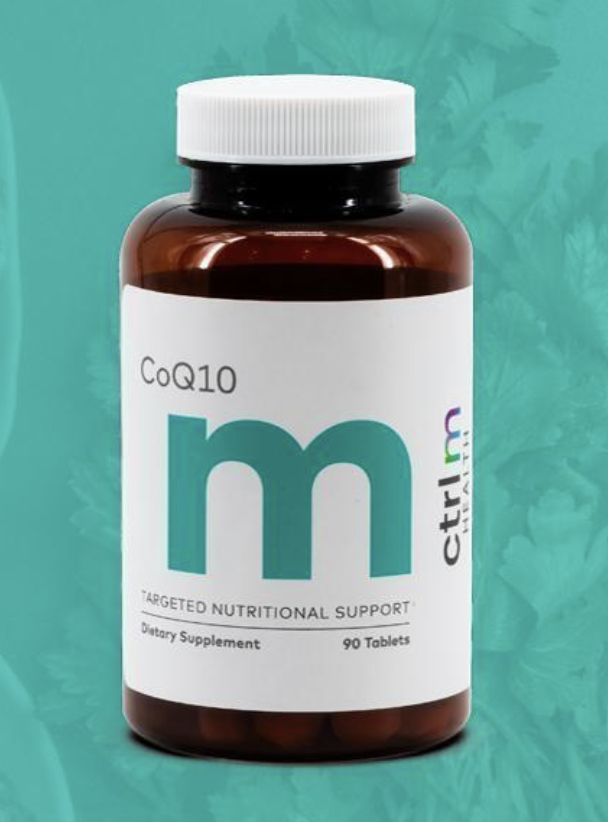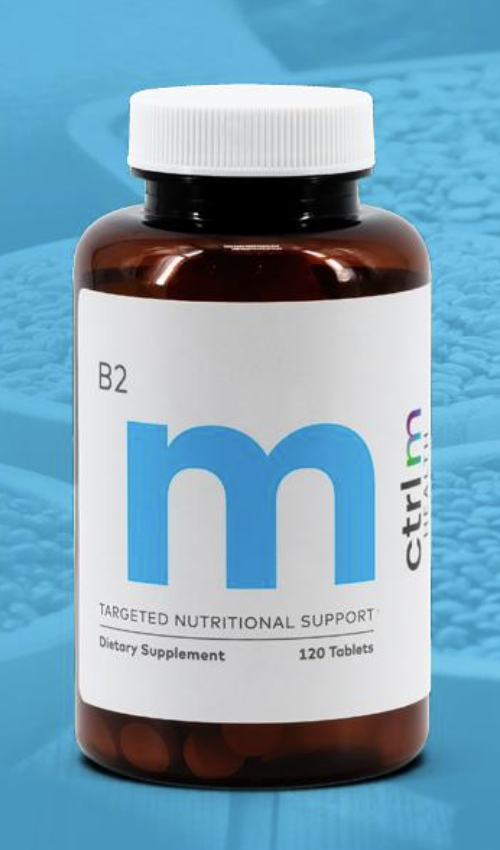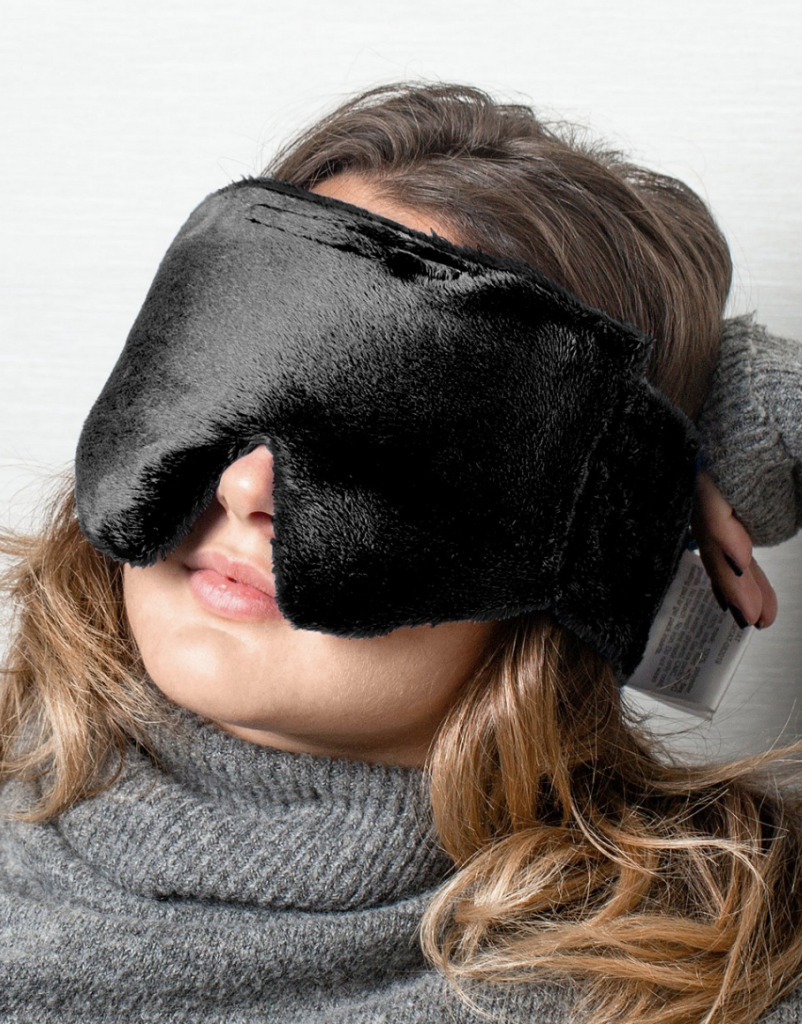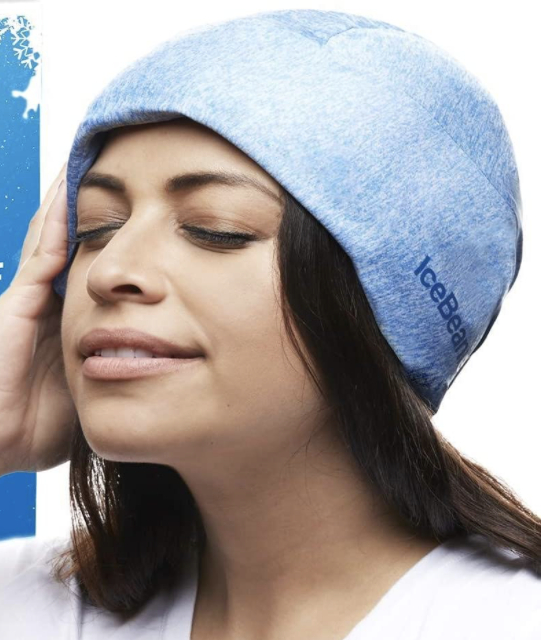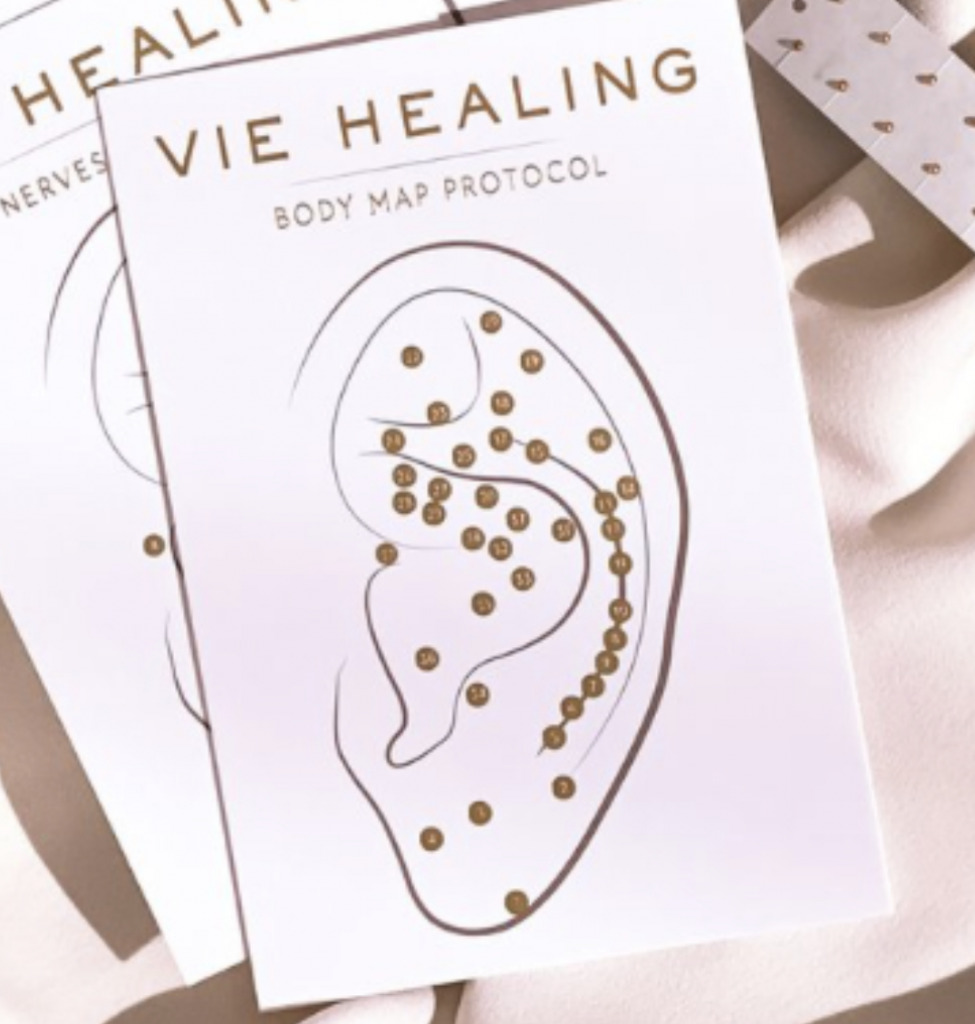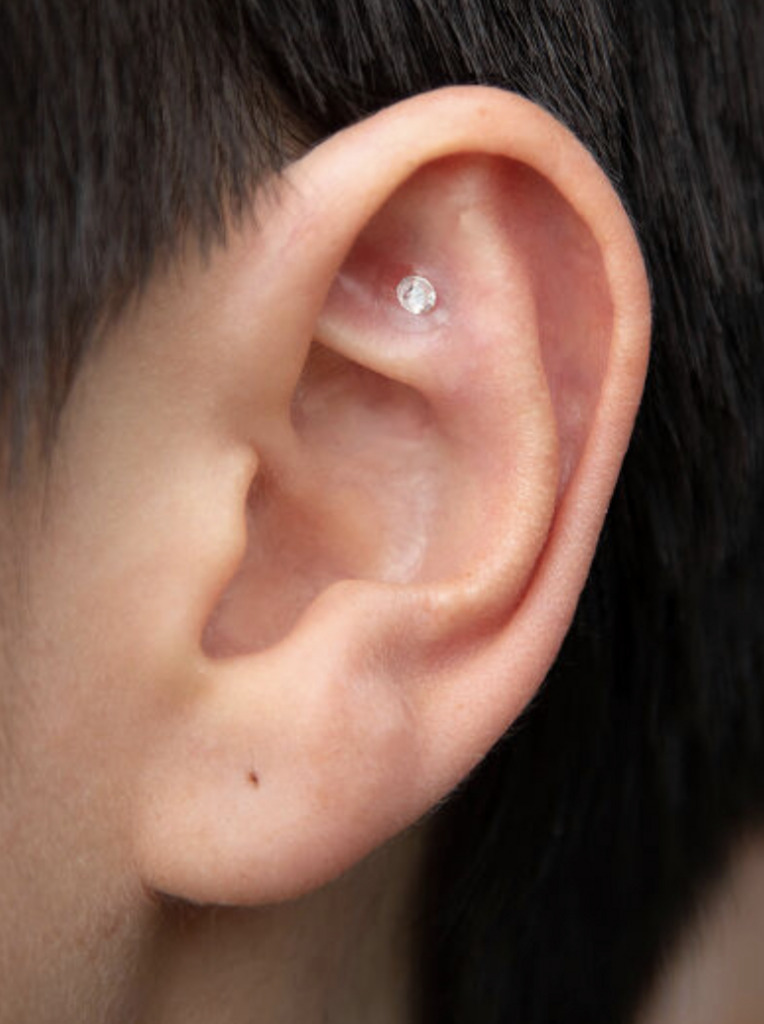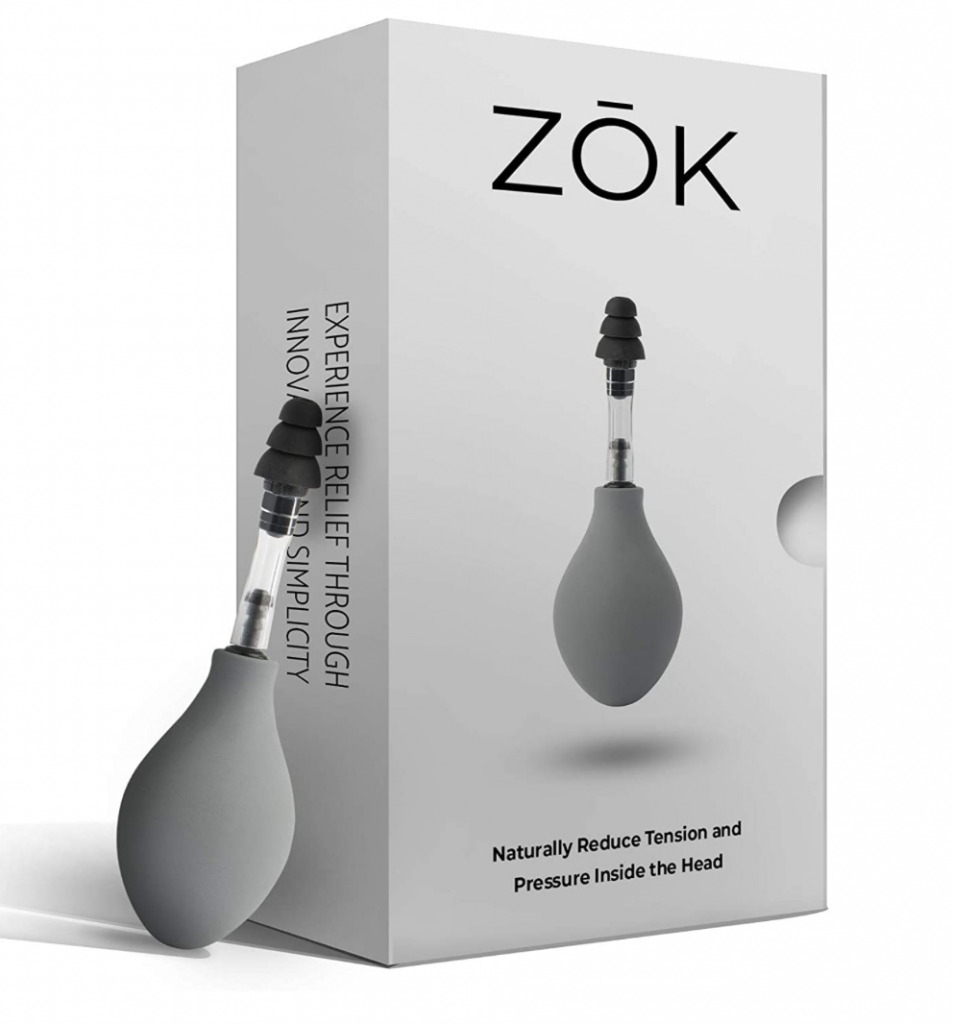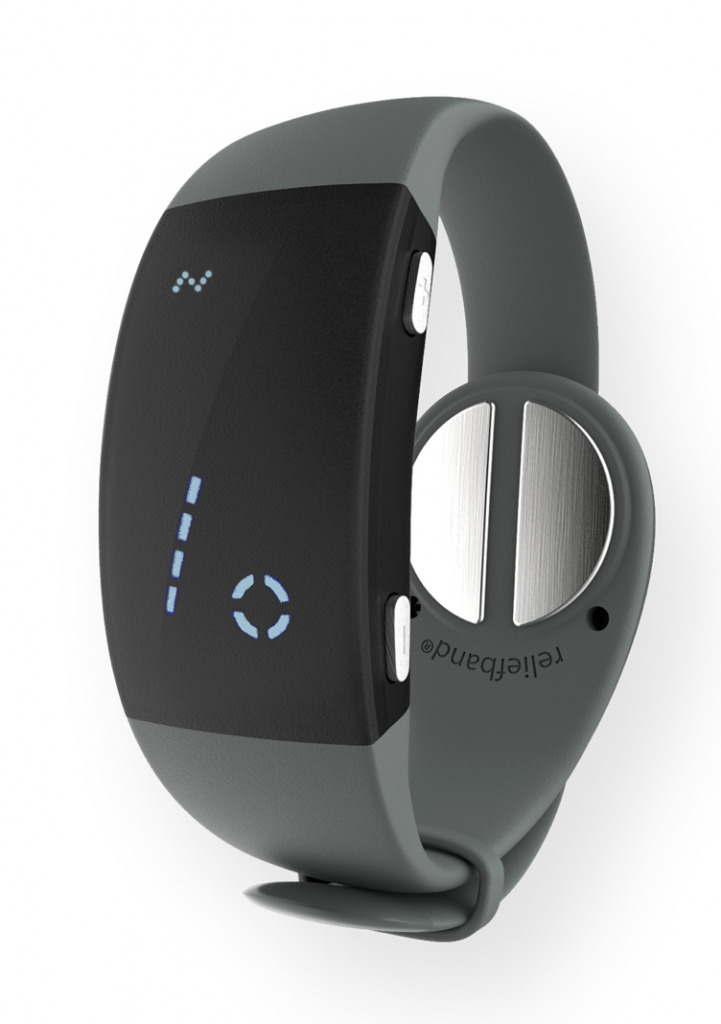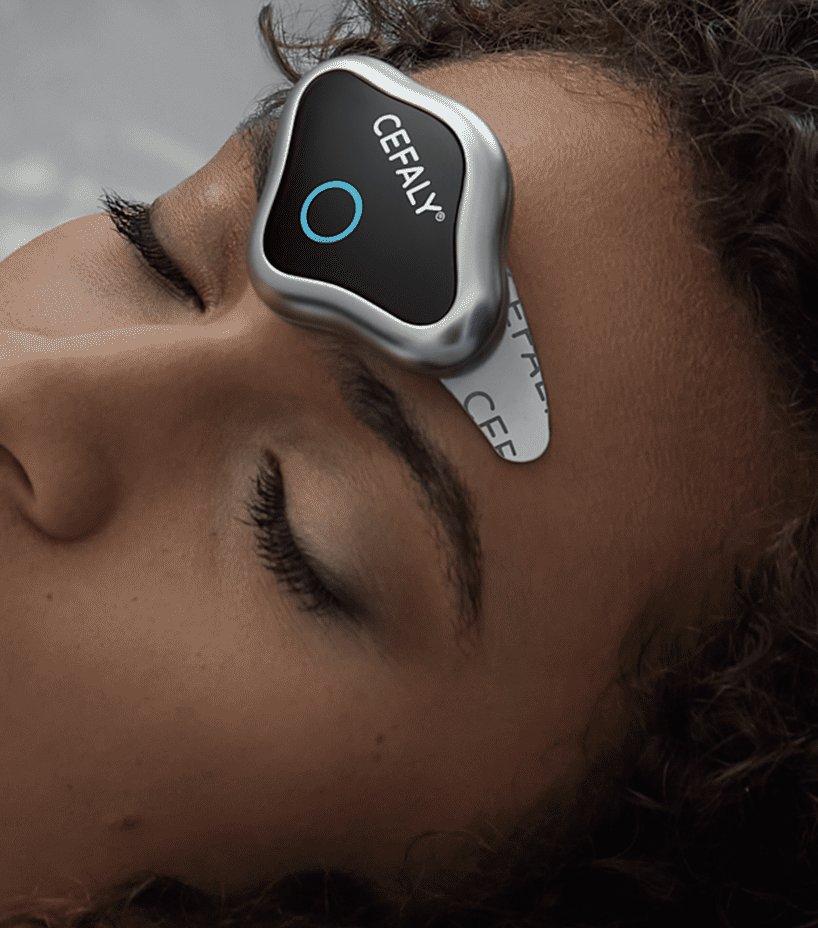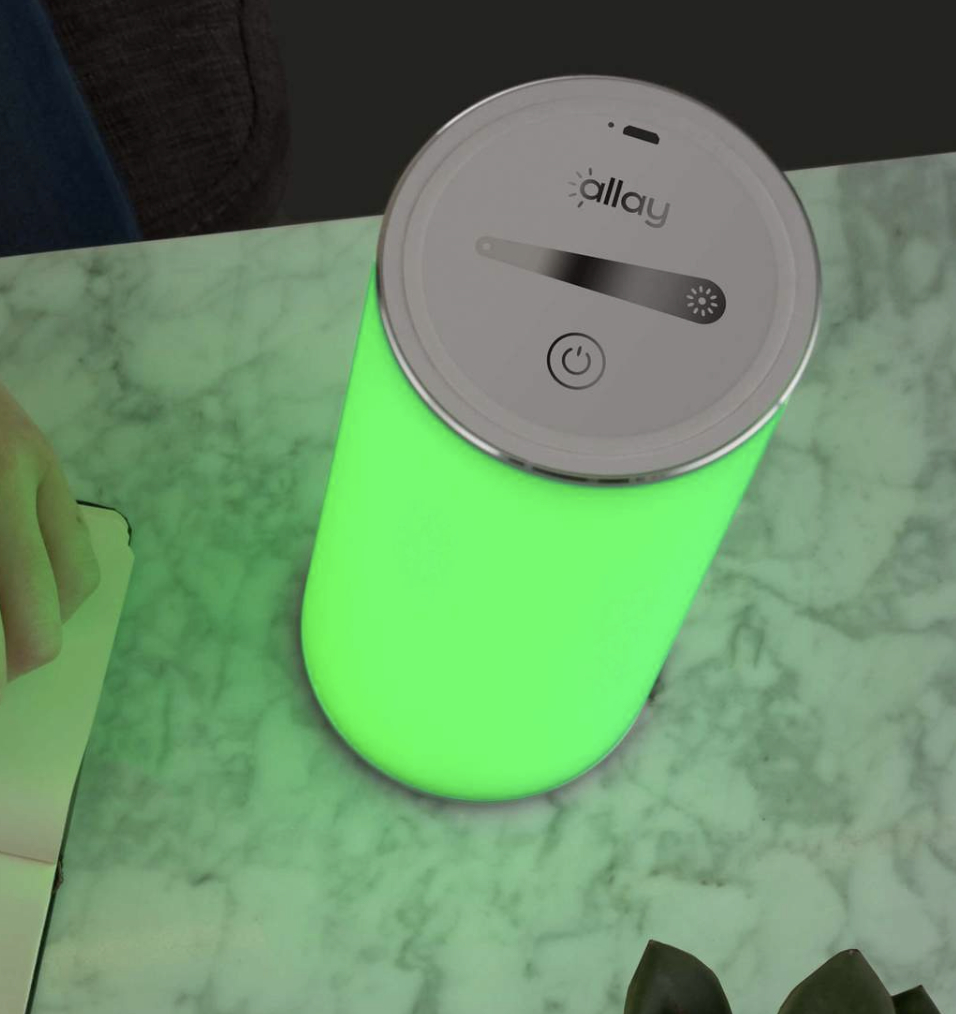Migraines are the worst. My mother has them on a monthly basis, and she’s passed them along to me in the ocular form. I’ve looked into over-the-counter migraine medications that work, but I knew: there have to be other, alternative options.
What I found: there are so many ways you can treat migraines. And while they don’t work for everyone – much like any medication – these methods have been around for a while, so there must be some merit to them.
We’ve put together a list of ways migraines can be treated, plus OTC medications and other options that people swear by!

What Are Migraines?
Migraines are similar to headaches, but far more intense. The pain can be beyond excruciating, and there’s often nausea and vomiting involved. Migraines can last for hours or days and completely take someone out – my mom, for example, can’t do anything during the day, while mine usually last four to six hours before I’m fine.
Many things can trigger migraines – stress, anxiety, hormones, caffeine, medication, lack of sleep…you name it, it can probably trigger a migraine. They’re also more common in women (sorry), those who have family members with migraines (me), and those with other ailments like epilepsy, sleep disorders, depression, and so on (yep).
There are four stages to a migraine: prodrome, aura, attack, and post-drome. Some skip specific stages (for example, I don’t go through the prodrome or aura stages), while others go through all four.
During the prodrome phase, which is 1-2 days before the actual attack, certain changes in the body include a stiff neck, mood changes, and fluid retention. Next, visual auras may appear as flashes of light, floating spots, or even cause vision loss. Physical auras include a tingling face, pins and needles in the body, numbness, and trouble speaking.
During the attack (which can last from four to 72 hours), you’ll experience heightened pain. It can feel a variety of ways – like someone is squeezing your head, taking an ice pick to your temple, pulsations in your head and base of your neck, and sensitivity to outside elements, like lights and sounds.
Finally, there’s the post-drome – aka the aftermath of the migraine. Most people feel exhausted and out of it for a day or two after the episode, with remnants of a headache or pain when they turn their heads quickly.
Overall: not fun. But there are treatments that can help.
Over-the-Counter Migraine Medication
Over-the-counter migraine medications are what you’d expect: your usual painkillers. Tylenol, ibuprofen, Aleve, and aspirin are your best bets to treat symptoms. There’s also Goody’s Extra Strength Headache Relief Powder, which contains aspirin and caffeine. (Caffeine is also known to relieve pain.)
There are also OTC medications and supplements that can support migraine prevention. These include Dramamine, magnesium, B-2, the herb feverfew, and a naturally-occurring Coenzyme Q10.
And if pills just aren’t your thing, VICI Patches can deliver the same healing by releasing their ingredients (including butterbur, ginger, and ashwagandha) over the course of eight to 10 hours.
Acupuncture and Acupressure
Acupuncture and acupressure were born from the Chinese concept of “qi,” aka the energy flowing through your body – specifically, pathways called meridians.
View this post on Instagram
By placing needles or pressure into specific points along the meridians, you’re removing qi blockages and reducing pain. In more scientific terms: you’re placing stressors on pressure points, which opens up neural pathways. This is a unique treatment that’s more to-the-source than over-the-counter migraine medications.
View this post on Instagram
Acupuncture and acupressure sessions are usually performed once a week for at least six weeks, generally taking an hour per session. There has been evidence that it works, though nobody’s experience is universal, so go in with an open but cautious mind.
Ice
Many claim that ice can help lessen the pain with its numbing capabilities. While it’s popularly placed on the back of the neck, there are products that can help surround the entire head if that isn’t enough for you.
Ear Seeds
Ear seeds are commonly used as a form of acupressure to stimulate pressure points and help reduce migraines, with the same goal being to release qi blockages. Many brands sell ear seeds for at-home use, though you can go to an acupuncturist for the most accurate placements.
At-Home Tech Treatments
CEFALY is FDA-cleared for treating the pain of migraine at its root. Most migraines occur within the cranial trigeminal nerve, so CEFALY, an “External Trigeminal Nerve Stimulation device,” treats the source. Simply attach an electrode to the forehead, press the on button, and CEFALY will use tiny electrical impulses to combat migraines by targeting the nerve. This treatment is great for those reliant on scientific proof who just can’t get relief from the usual OTC migraine medications.
There’s also Zok, which works to decrease tension and pressure in your head during migraines. By inserting what feel like headphones into your ears, the machine applies pressure to your ear canal, therefore “activating the cranial nerves,” which can help with pain relief.
Another tech-y product that can help is the Reliefband. It’s used for a variety of ailments, which include migraines and their side effects, like nausea and vomiting. Simply rub some gel between the tendons underneath your wrist, place the Reliefband on, and you’ll feel a tingling through your hand. This means the pulse is stimulating your median nerve, traveling through the body to the area of your brain responsible for the nausea.
Ear Piercings
View this post on Instagram
If you’re not afraid of a little pain, daith and/or tragus piercings may be able to help you. The piercing goes into the inner fold of cartilage in your ear, where it’s meant to mimic acupuncture. It’s a hot topic, one with no scientific or clinical evidence to rely on, but many migraine sufferers report feeling better once they’ve received the piercing. However, some practitioners caution against them simply because the pain-relieving effects can go away over time as you get used to the piercing.
Green Light Therapy
Green light therapy has not been used on mice, but one study led by the director of the Chronic Pain Management Clinic did conduct a test on actual people. “We treated green light as a drug,” Dr. Ibrahim explained. On 29 subjects, the majority of the subjects reported a 50%+ reduction in headaches each month.
The Allay Lamp isn’t specifically to treat migraines, like in Dr. Ibrahim’s study. However, the green light has a headache mode which is less harsh than your regular white and yellow lights, so easing back into the world is a bit gentler.
Biofeedback and Relaxation Training
Like I mentioned, stress can be a big cause for migraines, so recognizing the signs prior to auras, if not prodrome, can be super useful. Over the counter migraine medications are great for when the migraine has started, but biofeedback is great for the prodrome phase.
Biofeedback typically measures in one of two ways: either by temperature, or by muscle tension. Electromyogram (EMG) biofeedback is the most common treatment for those with chronic headaches and migraines. Basically, it monitors your frontalis muscle in your forehead, masseter muscle in your jaw, and trapezius muscle in your shoulders.
The machine then alerts you to tension in some way – for example, high pitched noises when tense and low-pitched tones when relaxed – so you can practice actively reducing physical strain you’re placing on your body. The result: less of the physical contributors to migraines.

What remedies have worked for your migraines? Share your tips in the comments!
For More Health Tips, Read These Articles:
Perimenopause Can Be Confusing. These Are The Details You Should Know
Wondering What Birth Control Is Best For You? Here’s A Breakdown

